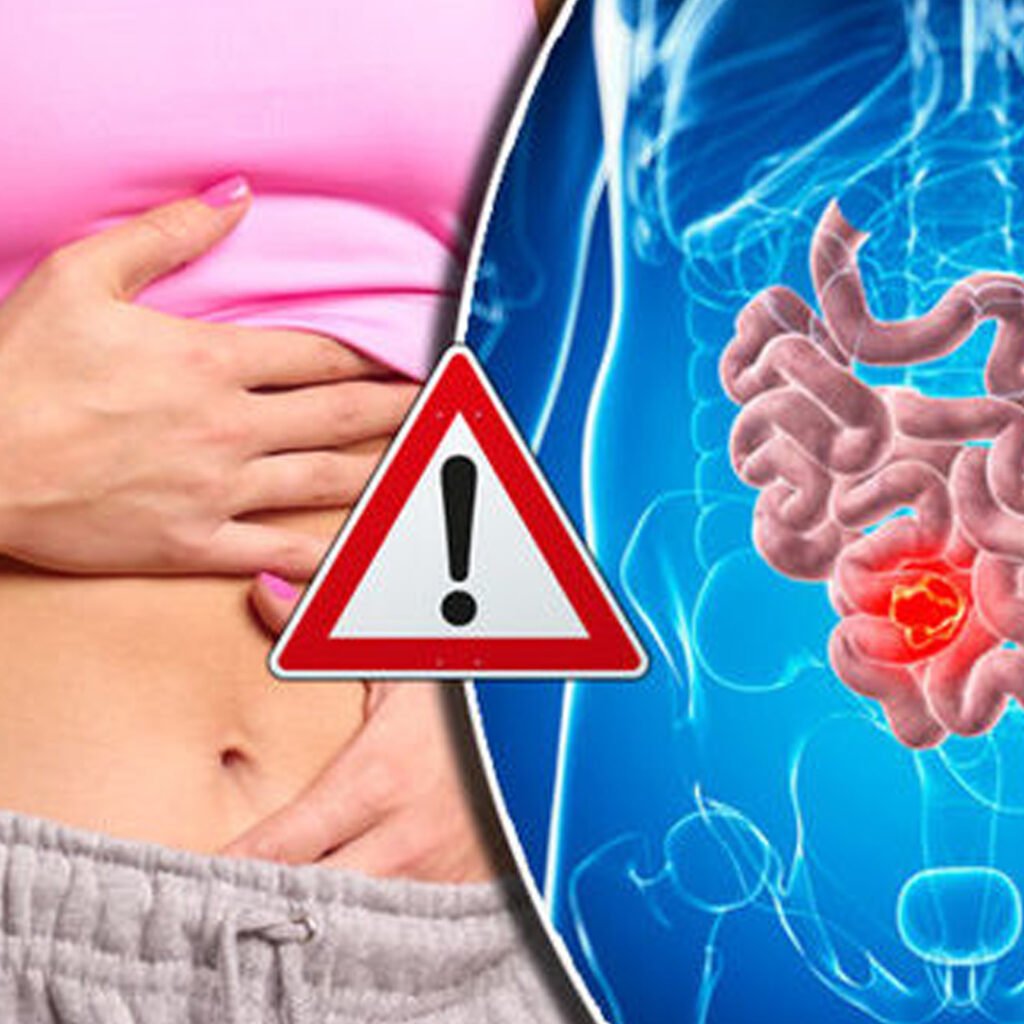Diarrhoea
Introduction
Diarrhea is a common digestive disorder characterized by frequent, loose or water stool. This occurs when the intestines fail to properly absorb the fluid or secrete extra fluids. The reasons include infection, food intolerance, drugs or underlying conditions. Quick treatment, hydration and dietary changes are necessary to prevent dehydration and restore digestive balance effectively.

Types of Diarrhoea
Rapid diarrhea
Acute diarrhea lasts for less than two weeks and is usually caused by infection, contaminated food or water. It resolves quickly with proper hydration and treatment.
Chronic diarrhea
Chronic diarrhea persists for more than four weeks and often indicates underlying health conditions such as irritable bowel syndrome, inflammatory bowel disease, or malabsorption issues.
Sky diarrhea
This occurs when unabsorbed substances in the intestines draw water into the bowel, often seen in lactose intolerance or poor digestion of certain foods.
Secreted diarrhea
Critical diarrhea occurs when excessive fluid is secreted in the intestines, which affects fluid regulation due to infection, certain drugs, or hormonal imbalances.
Causes of Diarrhoea:
- Viral infections such as rotavirus and norovirus usually trigger acute diarrhea episodes.
- Bacterial infection from contaminated food or water often leads to severe diarrhea.
- Parasitic infections such as giardiasis and amoebiasis often cause prolonged diarrhea disease.
- Food intolerance such as lactose intolerance often results in recurrent diarrhea episodes.
- Some drugs, including antibiotics, may disrupt intestinal flora and cause diarrhea.
- Digestive disorders such as irritable bowel syndrome often give rise to chronic diarrhea.
- Inflammatory bowel diseases such as Crohn's disease usually cause persistent diarrhea.
- The condition of malabsorption like celiac disease can trigger the stool of water continuously.
- Clot formation in the urinary tract.
- Excessive alcohol consumption irritates the intestines, causing loose stools.
- Hormonal disorders such as hyperthyroidism increase bowel activity and cause diarrhoea.
Clinical features of diarrhoea:
Repeated loose stool
chest water or semi-solve stool more than three times a day.
Abdominal cramps
sudden severe pain or discomfort in the stomach during diarrhea.
Dehydration signal
dry mouth, excessive thirst, and low urine production are common.
Fever and weakness
light to moderate fever with overall body fatigue and weakness.
Nausea and vomiting
the feeling of disease and topical vomiting is associated with diarrhea episodes.
Symptoms associated with diarrhoea:
- Repeatedly passing the loose or water stool throughout the day.
- Abdominal pain or spasms before or after intestinal movements.
- Nausea and topical vomiting leads to discomfort and weakness.
- Excessive thirst due to dehydration of fluid damage.
- Fever and chills due to underlying infection or inflammation.
- Inflammation in the stomach and increased gas causes discomfort.
- Fatigue and weakness as a result of nutrient and fluid loss.
- Loss of hunger and reluctance to consume solid food.
Investigations in diarrhoea:
- A stool routine test examines consistency, color, presence of mucus, blood, or pus. It helps detect infections, inflammation, or malabsorption disorders causing diarrhoea.
Stool culture identifies bacterial pathogens like Salmonella, Shigella, or E. coli responsible for infectious diarrhoea. It guides appropriate antibiotic therapy.
This test detects parasitic infections such as Giardia or Entamoeba histolytica causing persistent diarrhoea. It is important in endemic regions.
Detects hidden blood in stool, indicating gastrointestinal bleeding, ulcers, or inflammatory bowel disease as diarrhoea causes.
Identifies Clostridium difficile toxin in stool, which causes antibiotic-associated diarrhoea and pseudomembranous colitis.
CBC assesses infection, inflammation, or anemia, which may indicate severity and systemic effects of diarrhoeal illness.
Monitors sodium, potassium, and chloride levels to detect dehydration or electrolyte imbalances due to fluid loss.
Direct visualization of the colon helps identify structural or inflammatory causes of chronic or bloody diarrhoea.
Upper gastrointestinal endoscopy is performed if diarrhoea is associated with malabsorption, ulcers, or chronic gastrointestinal disorders.
Imaging helps detect obstruction, inflammation, or complications in the gastrointestinal tract contributing to diarrhoea.
